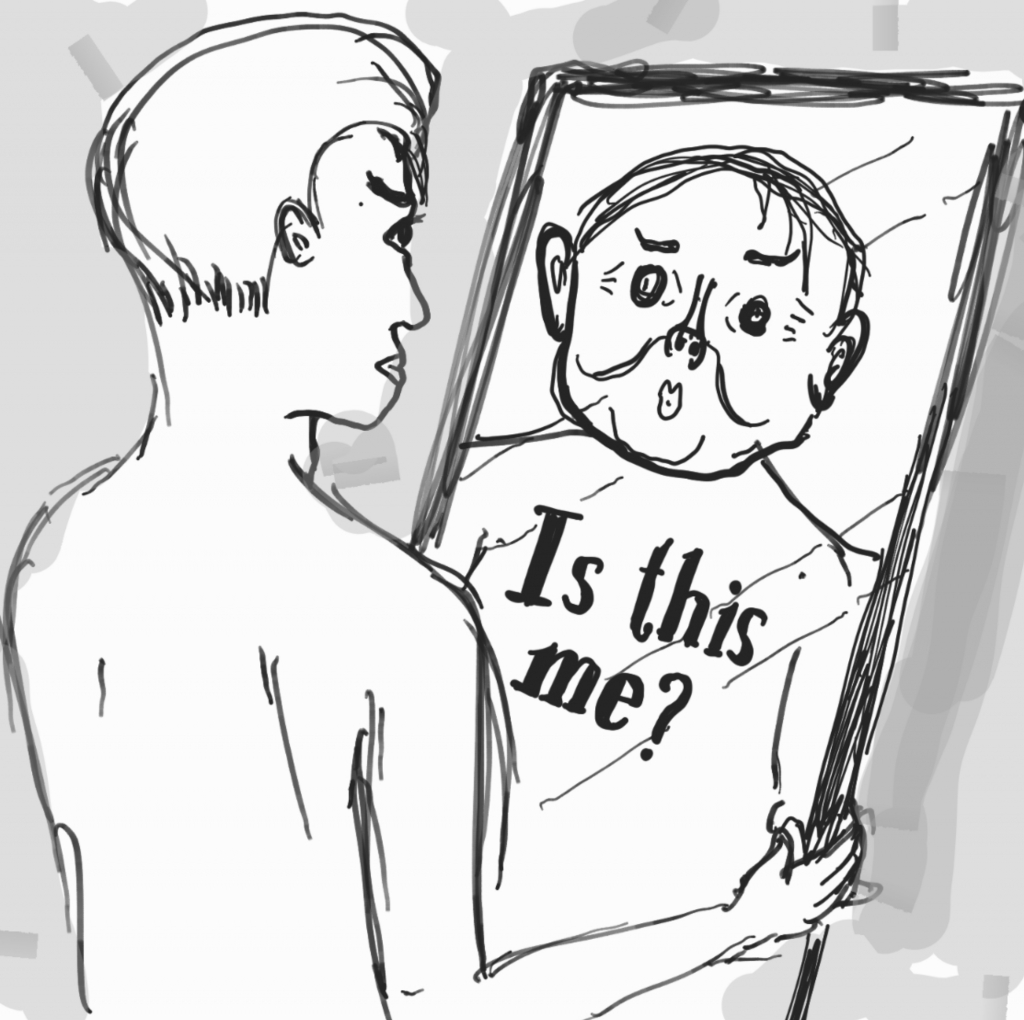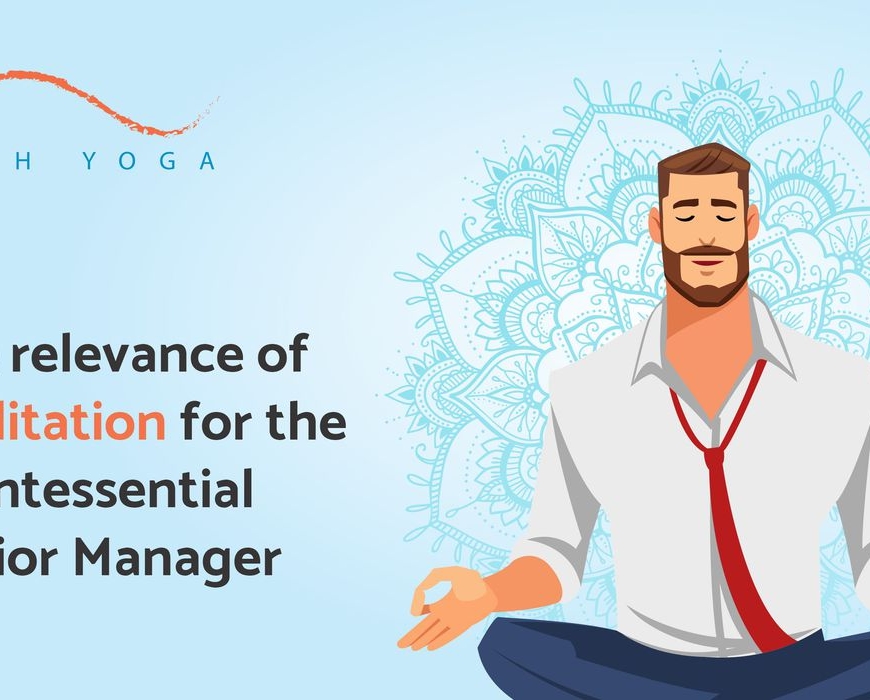It is a very painful reality of the world today that many, if not most of us, are very dissatisfied with our body. Whether it be our weight, shape, skin or just our overall appearance, we may not feel our best when we look at the mirror. For some individuals, however, this dissatisfaction becomes extreme, to the point that they are so obsessed with perceived flaws in their looks that they cannot concentrate on other important aspects of their lives. Such individuals are diagnosed with body dysmorphic disorder.
It is important to remember that one does not have this disorder simply because they are not happy with their body. As stated above, dissatisfaction is an unfortunate truth of today’s time. Those diagnosed with BDD have a true obsession with their looks. They may find flaws that may seem very minor or silly, such as the curve of their nose or a freckle on their arm, and they may spend hours complaining about it or trying to fix it. They may exercise, groom themselves and seek assurance excessively, and all their behaviours may become repetitive to the point that they cannot carry out other activities effectively.
As one can imagine, BDD can cripple an individual’s sense of self-esteem and lead them to avoid social situations. Often, shame and embarrassment along with a culture that normalizes self-image issues causes an individual to not seek the psychological help they need.
The causes of body dysmorphic disorder are complex – like most other psychological disorders, a combination of social and psychological factors play a role in the development of the problem. Some factors that can contribute to BDD include negative childhood experiences, a family history of the disorder, other psychological conditions such as anxiety or OCD, personality traits such as perfectionism, and societal pressures and expectations of beauty.
While psychological help is required to confirm diagnosis and help the individual come to terms with their problem, there are some activities alongside therapy and medication that can help an individual tackle their problem head on. One such is the practice of yoga.
Unlike what most people believe, yoga is not just a set of exercises or asanas to be practiced every morning. Rather, yoga represents a lifestyle, one that brings both the mind and body together and allows an individual to introspect, heal, and stretch out both the components.
The connection between BDD and yoga is not a flimsy or fancy one – studies have demonstrated that yoga enhances body satisfaction , helps in creating a more body-positive image and reduce self-objectification, and increases body awareness. Many individuals who have themselves suffered from body dysmorphia have spoken positively about yoga, and how it has been a crucial supplement to their therapy in helping them recover from this debilitating mental condition
So, how does yoga help?
In body dysmorphia, not only do individuals have a distorted sense of their physical self, many may try to detach from their body, either consciously or unconsciously. Imagine looking at a blurry image of yourself in a carnival mirror – that is kind of the relationship individuals with dysmorphia have with their body.
Yoga as a practice helps in blending the mind and body together, enabling and encouraging the former to work on the latter to achieve the various poses and asanas. Like many psychological techniques, yoga is a form of awareness training – it helps individuals to connect with their body in a relaxed state, to discover and rediscover physical parts of their oneself that they have been ignoring or obsessing too much on. Essentially, yoga helps people with dysmorphia to ‘get used’ to their body and the sensations it involves, even ones that may make them uncomfortable, such as their thighs widening or their stomach inflating. Yoga also helps in shifting the focus from appearance to capacity – post yogic sessions, men and women express a desire to continue yoga to enhance their body’s strength and flexibility, rather than physical appearance.
Alongside helping in creating a bridge between the physical and mental, yoga can also help in creating a better mental space for the individual. In yoga, the exercises are designed to facilitate deep breathing and relaxation, which in turn help the mind relax. Individuals are then left free to introspect, experience sensations, and process their emotions. They may begin to understand that their body is more than the emotions they react with to it, and begin to lose some of the anxiety and obsessiveness that often accompanies dysmorphia. Being challenged for their body’s working, such as in wrong or right posture making, instead of its appearance, also helps in reminding individuals that their body is more than an appearance – it is a functioning unit capable of doing a number of amazing things.
More importantly, on a much broader level, yoga and its philosophy teaches you to be away from attachment towards the non-real physical things and helps you to develop a gaze so that start accepting your emotions, body as they are. Thus leading us to become much satisfied being.
While in no way a replacement for therapy and medical help, yoga is definitely a beneficial supplement to therapy for body dysmorphia, one that is often recommended by both therapists and recovering individuals. Alongside aiding in dysmorphia, yoga also has a number of other positive benefits, and integrating it into one’s life can help in kickstarting a more healthy lifestyle that focuses on capability, functionality, and a better mind-body connection.

“Body dysmorphic disorder – Symptoms and causes – Mayo Clinic.” 29 Oct. 2019, https://www.mayoclinic.org/diseases-conditions/body-dysmorphic-disorder/symptoms-causes/syc-20353938. Accessed 11 Nov. 2019.
“Influence of Yoga on Body Image Satisfaction in Men – Mary ….” https://journals.sagepub.com/doi/abs/10.2466/27.50.PMS.119c17z1. Accessed 11 Nov. 2019
“Yoga Leads to Enhanced Body Image Study Shows ….” https://www.yogauonline.com/yoga-for-womens-health/yoga-leads-enhanced-body-image-study-shows. Accessed 11 Nov. 2019.
“Body awareness, eating attitudes, and spiritual beliefs of ….” https://scholarworks.sjsu.edu/cgi/viewcontent.cgi?article=4511&context=etd_theses. Accessed 11 Nov. 2019.
“Recovering from Body Dysmorphic Disorder, Part 2.” 28 May. 2010, https://blogs.psychcentral.com/weightless/2010/05/recovering-from-body-dysmorphic-disorder-part-2/. Accessed 11 Nov. 2019.
“Yoga Leads to Enhanced Body Image Study Shows ….” https://www.yogauonline.com/yoga-for-womens-health/yoga-leads-enhanced-body-image-study-shows. Accessed 11 Nov. 2019.





Add Comment